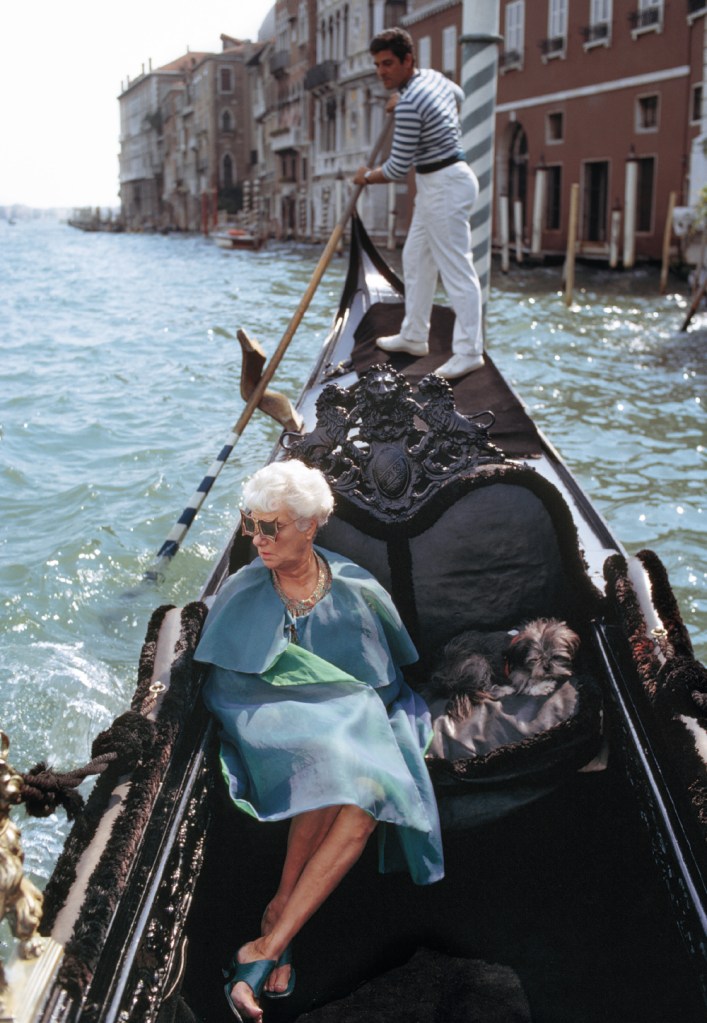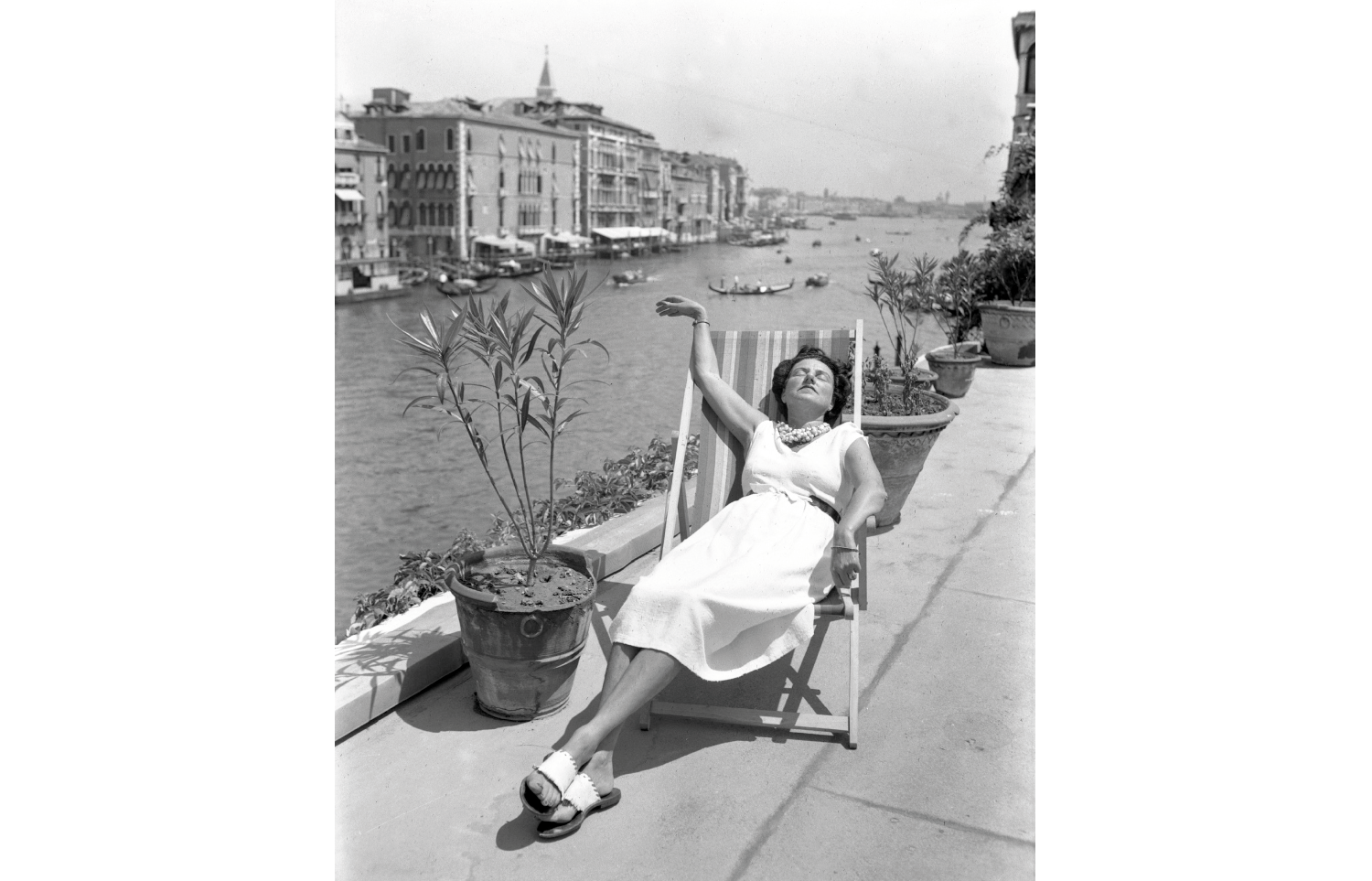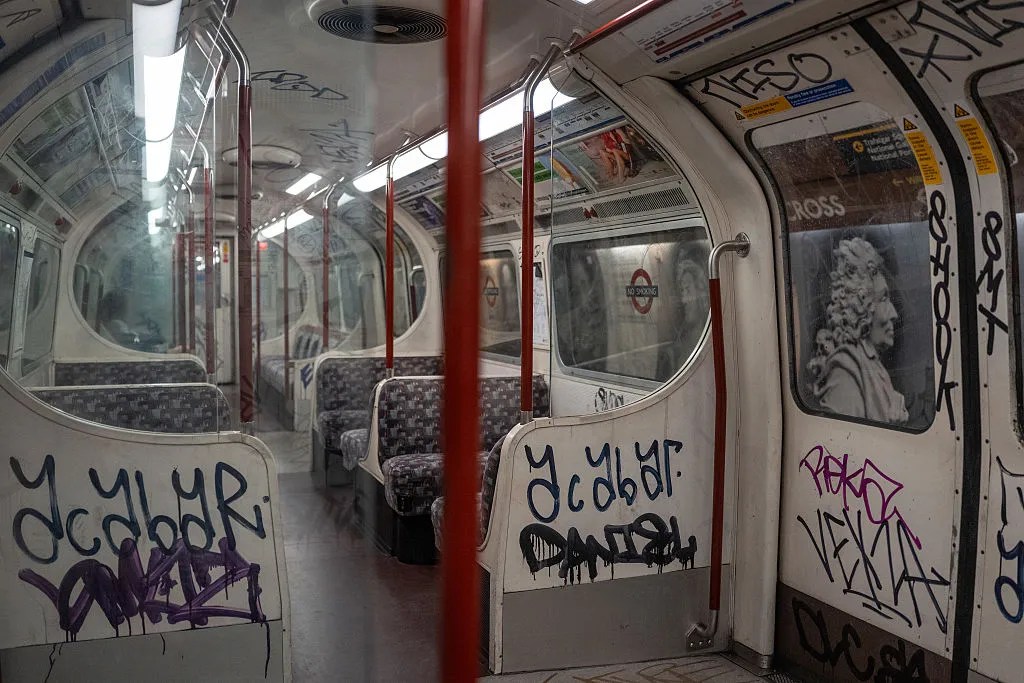On 24 April 1937 Marguerite Guggenheim – known as Peggy – of Yew Tree Cottage, Hurst was booked by a certain PC Dore for driving an unlicensed vehicle through nearby Petersfield. What was the founder of the famous Venice museum doing in a market town in Hampshire? It’s a long story, vividly told in an exhibition marking the 25th anniversary of the opening of Petersfield Museum on the site of the former police station and courthouse where she paid her £1 fine.
‘Peggy,’ said a friend, ‘is absolutely revolting about sex. Delicacy is unknown to her’
In the 1930s the Jewish-American heiress, who had lost her father Benjamin on the Titanic, was rattling around Europe with a fast crowd of writers and artists. Divorced from Laurence Vail, the father of her children Sindbad and Pegeen, and mourning the death of her partner John Holms in 1934, she sought consolation with the handsome left-wing editor Douglas Garman, five years her junior. She was one of those gals who can’t live with men, can’t live without them. ‘Peggy,’ said her friend Emily Coleman, ‘is absolutely revolting about sex. Delicacy is unknown to her.’
In the autumn of 1934, Garman, then living with his mother in South Harting, found Peggy an Elizabethan house in the nearby village of Hurst. Cold, draughty and initially powered by a generator, Yew Tree Cottage was a change from the New York mansions and Paris flats she was used to, but she settled into rural domestic life. The house became home to Pegeen, Garman’s daughter Debbie and Sindbad during school holidays when, to his mother’s mystification, he developed ‘a great passion for that exceedingly dull game’, cricket.
It was ‘very good for me to be a simple woman & do normal domestic things for a change’, Peggy decided. She read Proust in bed wearing fur gloves; Garman read Marx in a study he had built in the garden. She pretended to share his interest in communism, even joining the party, but resented being left increasingly alone while he toured the country in her Hispano-Suiza lecturing and recruiting. He became violent; she became depressed. ‘I wish you would do some serious work,’ advised her friend Peggy Waldman in May 1937. ‘You’d be so much better off than waiting around for G. to come weekends and tear you to bits.’
By then the relationship was over. He had found a working-class woman who shared his passion for socialism; she had found art. With encouragement from her friend and sometime lover Samuel Beckett – photographed in Yew Tree Cottage garden in 1938 – and advice and introductions from Marcel Duchamp, she made plans to open a gallery. In December 1937 she wrote to Coleman: ‘My life has taken such a strange turn – I just can’t believe it. To live without love & a man & to be happy is almost too good to be true.’ On the brink of turning 40 she had found her vocation. Helped by a $450,000 legacy from her mother Florette, who had died in November, the Guggenheim Jeune gallery opened on Cork Street, Mayfair in January 1938 with a show of drawings and furniture by Jean Cocteau.
The press was sceptical – for a copper-mining heiress, sniped the Daily Sketch, the ‘brass curtain hooks’ adorning Peggy’s ears at the opening party seemed ‘rather ungrateful to copper’– but she meant business. Over the 21 months of its existence Guggenheim Jeune hosted 18 exhibitions. Peggy gave solo shows to established names like Kandinsky and Yves Tanguy – who, during a brief affair, carved her a ring in rosewood from Yew Tree Cottage garden – and took punts on lesser-known artists like John Tunnard and Julian Trevelyan. She mounted a cutting-edge exhibition devoted to collage, and a contemporary sculpture show so avant-garde that customs officers refused to accept the works sent over from Paris as art. Called to adjudicate, Tate director J.B. Manson declared that works by Arp, Brancusi and Calder were ‘all the sort of stuff I should like to keep out’, but after a petition by a group of critics his judgment was overturned in the House of Commons.

A display of works by Guggenheim Jeune artists gives a sense of the excitement Peggy’s gallery generated, but her plans for a London museum with Herbert Read as director were derailed by war. In August 1939 she left for Paris ‘never dreaming I was saying goodbye to Yew Tree Cottage forever’; in July 1941 she escaped from occupied France, and boarded a Pan Am Clipper transatlantic flight from Lisbon with future husband Max Ernst in tow. Her focus shifted to New York and later to Venice – a city she had always found it easy to be alone in – where she opened her Palazzo Venier dei Leoni to the public in 1951. ‘What one should say about Peggy is, simply, that she did it,’ said Lee Krasner summing up her extraordinary achievement. ‘That no matter what her motivations were, she did it.’








Comments